Gateway/Router Performance Measurements
Welcome to another December 2018 issue of GL Communications newsletter providing information and insight into our new analysis tools for gateway/router performance measurements, including Delay Measurement, Voice Quality (VQT) Analysis, and Voice Band Events (VBA).
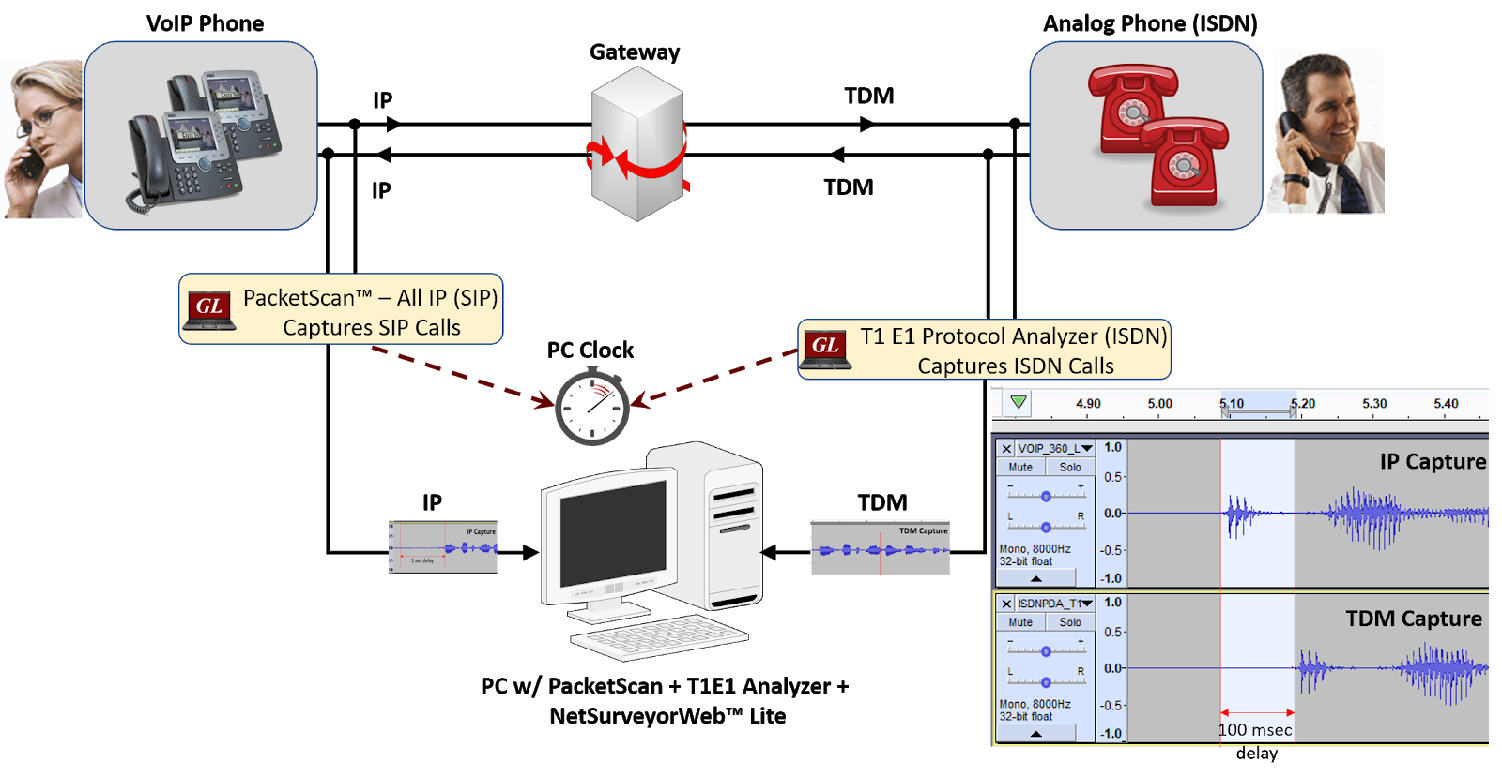
Signaling and voice that traverse through various network elements including gateways, routers, and switches may suffer impairments in voice delay, voice quality, signaling delay, and congestion. Performance measurement tools can help quantify the degradation whether occurring in individual elements or in the end to end path.
The traffic which traverses through a Router/Gateway can be captured at both TDM and IP interfaces simultaneously (synchronized to a common clock) and stored in a common codec format e.g. *.pcm. These captured voice segments can be further processed using GL's Delay and Voice analysis applications:
- Delay measurement module compares the samples based on the timestamp and provides the delay metrics such as One-Way Delay (OWD), Round Trip Delay (RTD), Post Dial Delay (PDD), Signal-to-Noise Ratio (SNR).
- Voice Quality Analysis (VQT) supports analysis of these captured segments using POLQA/PESQ algorithm providing MOS, E-Model, Signal Level, Noise Level, and Jitter metrics.
- Real-time Voice-band Analyzer (VBA) supports analysis of captured voice band traffic and provides statistics such as Active Speech Level, Activity Factor, RMS Factor, DC Level, Noise Level, Echo Return Loss, Echo Delay, and Echo Dispersion.
GL’s NetSurveyorWeb™ Lite an integrated and simplified web-based system works with GL’s TDM/IP Protocol Analyzers, Voice Band Analyzer, and Delay Measurement tools to analyze captured voice traffic and provide precise voice and one-way delay metrics.
How Router/Gateway Delay is Calculated
In order to calculate the delay both the reference and the degraded captures are analyzed simultaneously, bursts segments from reference capture are looked up in the degraded capture and the difference in the occurrences of these bursts on timeline from the start of the capture gives the delay. When several matching bursts are found among these files an average delay score is generated.
As per the figure above, 3 reference & degraded captures per minute are created in each direction of data flow i.e., IP to TDM and TDM to IP and an average delay score is generated at the end of the call for each direction.
The delay measurement in left direction, i.e., the bursts A, B, C recorded forms the reference capture and the bursts A', B', C' forms the degraded capture, the delay then would be average of (tA' - tA & tB' - tB & tC' - tC).
Voice Quality Analysis
In VQT, both the reference and the degraded captures are analyzed by comparing the voice samples using the POLQA (ITU-T P.863), PESQ (ITU-T P.862) algorithms. Various voice quality metrics including MOS, E-Model, SNR, Signal Level, Noise Level, Clipping, Delay, and Jitter and provided.
As per the figure above, the reference & degraded voice captures of 8 sec duration are created in each direction of data flow i.e., IP to TDM or TDM to IP and are sent to VQT for processing. GL's Voice Quality Testing (VQT) software supports the next-generation voice quality testing standard for fixed, mobile and IP-based networks using POLQA (ITU-T P.863), PESQ (ITU-T P.862), and analytical results such as MOS, E-Model, Signal Level, SNR, jitter, clipping, noise level, and delay (end to end as well as per speech utterance) are generated for each call direction.
Voice Quality and Delay Metrics in NetSurveyorWeb™ Lite
The NetSurveyorWeb™ Lite system comprises of three tier distributed architecture driven by non-intrusive hardware probes, webserver, intelligent software, and a database engine.
All components of the system reside at the PROBE-PC. The architecture allows to simply deploy it at multiple locations in the network and perform critical measurements.
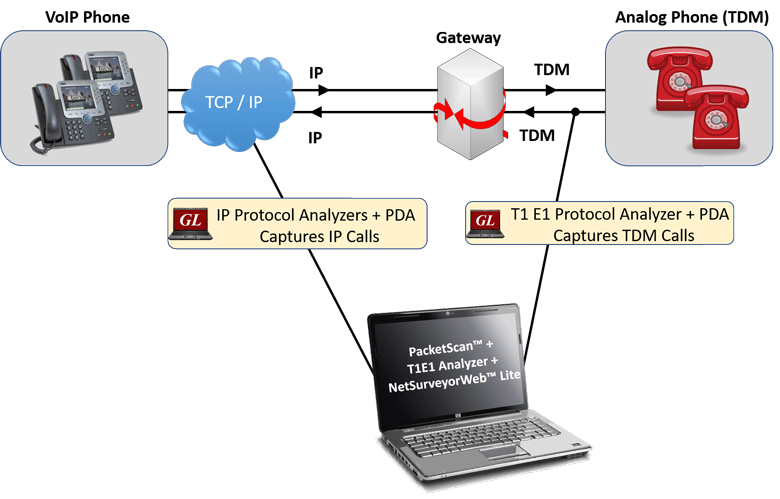
Measuring Delay in NetSurveyorWeb™ Lite
NetSurveyorWeb™ Lite works with Delay Measurement and Voice Quality Analysis tools to analyze captured voice traffic and provide precise one-way delay and Voice Quality (MOS, E-Model, Signal Level, Noise Level, and Jitter) metrics.
All delay metrics from different capture and analysis tools are consolidated in the central database system and is presented in web-browser to drill down to calls-of-interest.
The below KPI shows average delay for In and Out direction. It is categorized as < 51 sec, between 51-100 Msec, between 101-150 Msec, and greater than 150 Msec
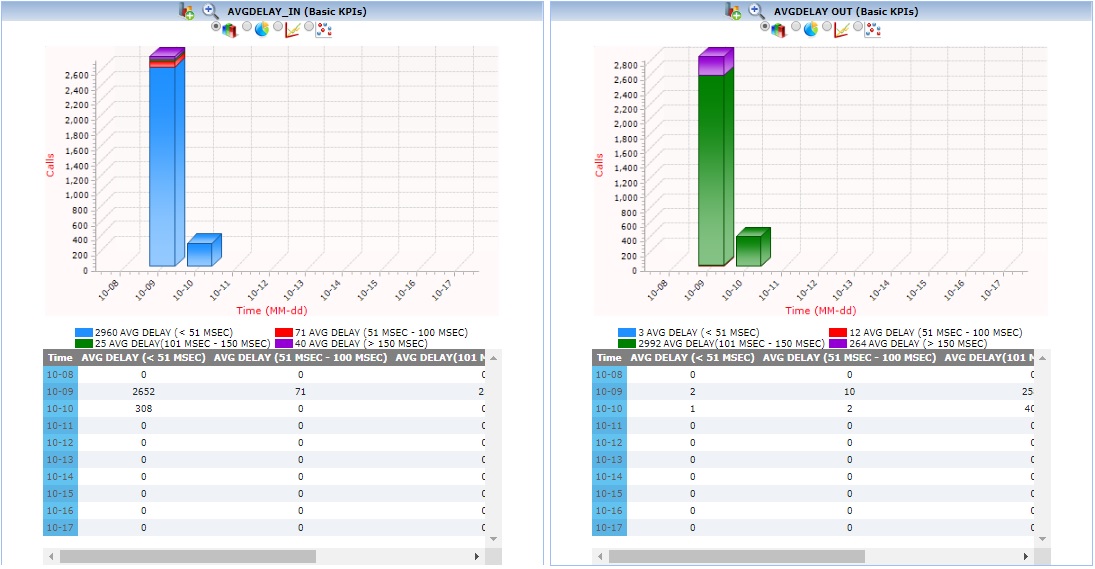
Average Delay In and Out
Main Features
- Reports important protocol signaling information
- Remote monitoring capability using GL's Network Surveillance System
- Provides various Signaling Key Performance Indicators (KPI’s) such as Call Success Ratio, Failure Calls, Call Failure Cause, Setup Duration, and Billing Duration (TDM)
- Provides Voice Quality KPIs based on Voice Quality (MOS, R-Factor), Delay Measurements (RTD, OWD), and speech Metrics
- Provide accurate One-way delay measurements
- Speech Metrics (Active Speech Level, Activity Factor, Noise Level, DC, RMS)
- Capture SS7 calls on multiple T1 E1 trunks using a signaling link on a different physical trunk than the telephony circuits
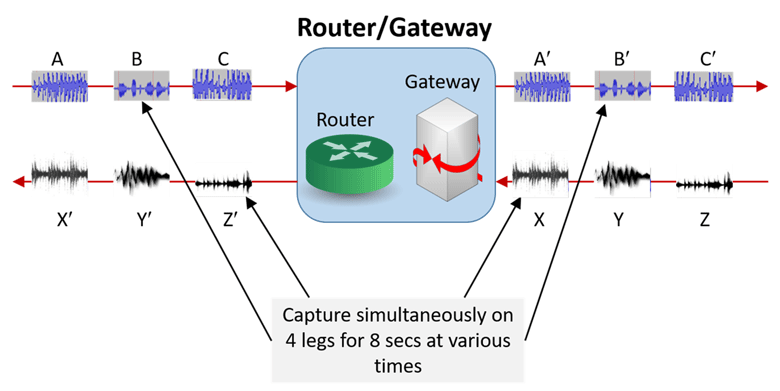
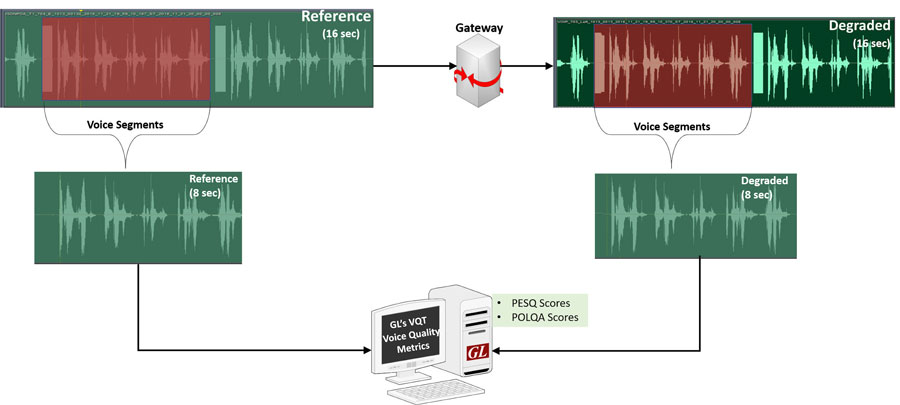
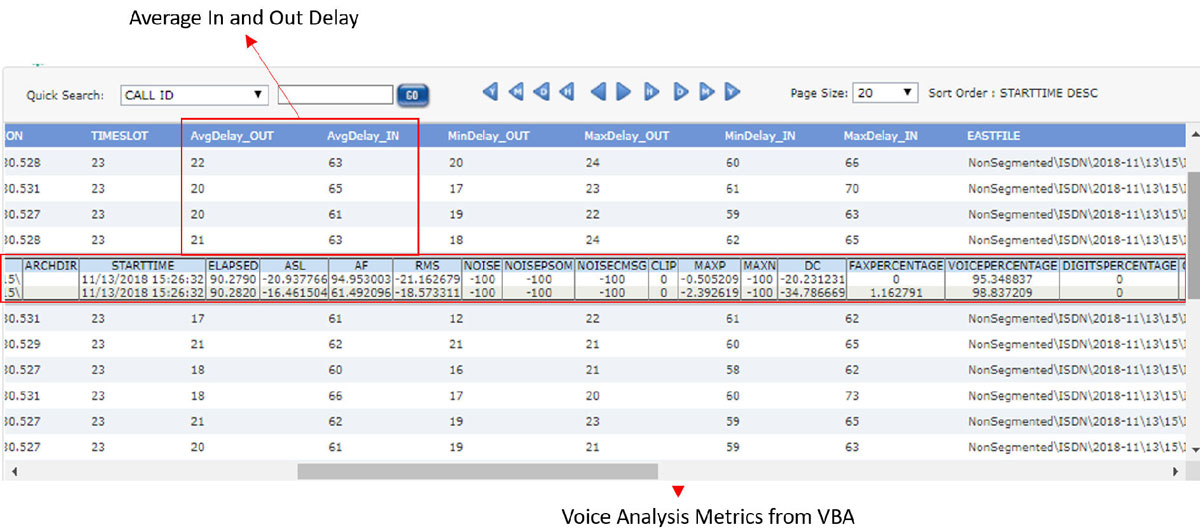
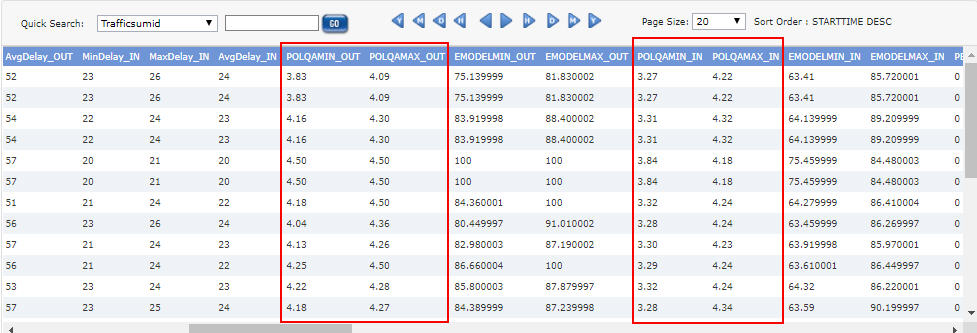
 Back to Newsletter Index Page
Back to Newsletter Index Page